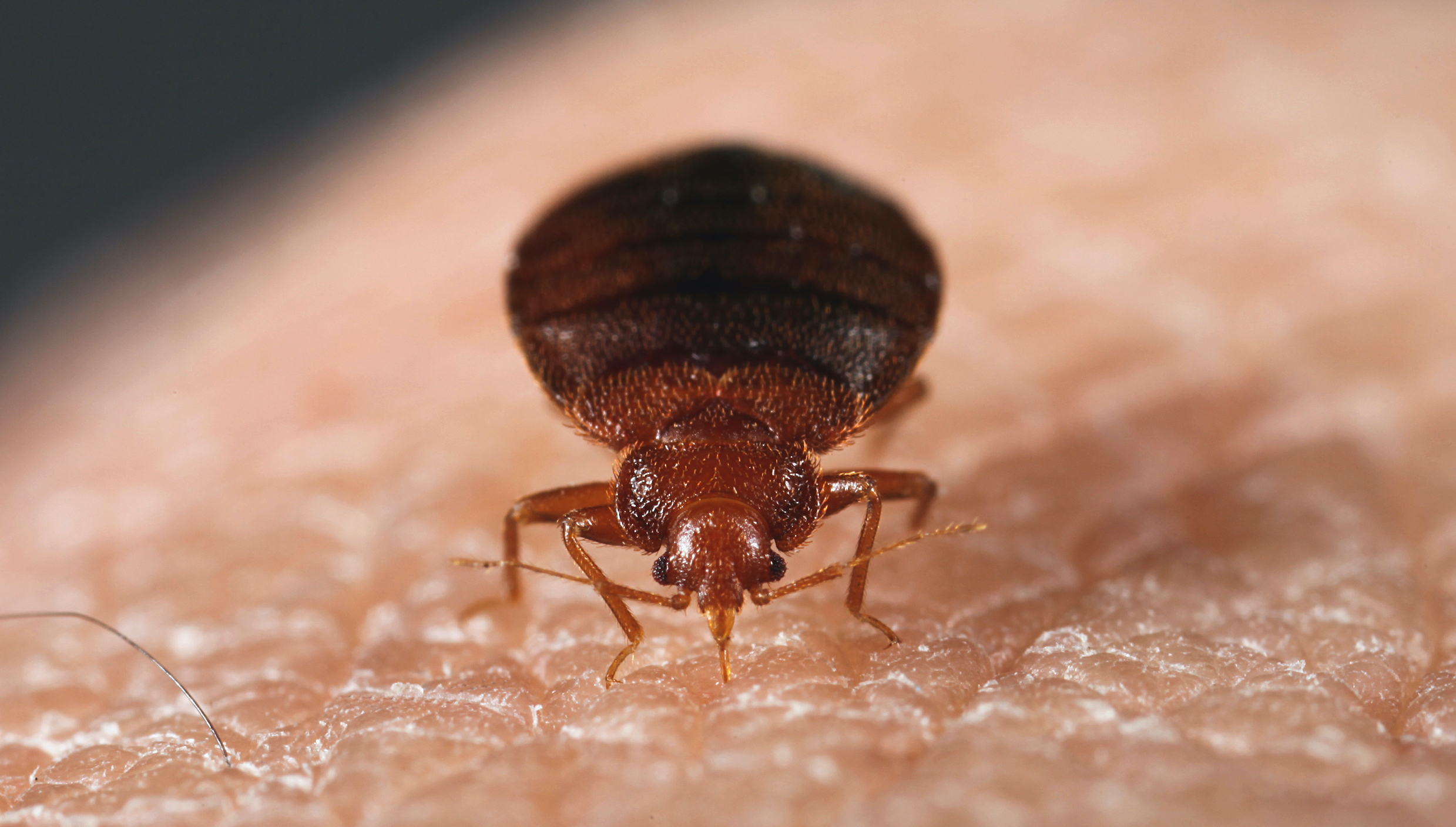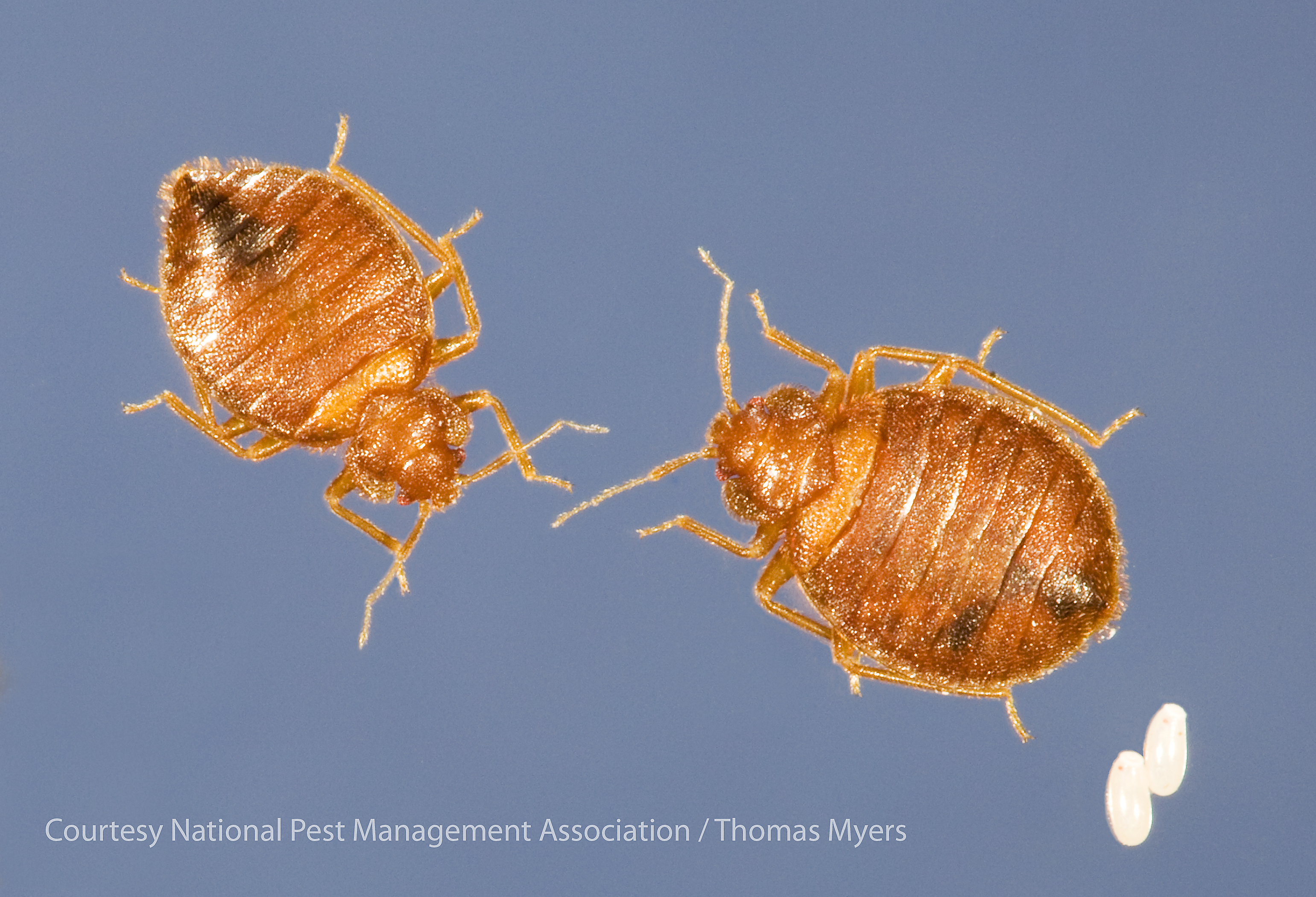Bed Bug Best Management Practices
The resurgence of bed bugs has created significant concern in the pest management industry and in society overall. Controlling, let alone eradicating, this pest is extremely difficult. To ensure industry professionals have the best possible guidance on controlling bed bugs effectively, responsibly and safely, the National Pest Management Association (NPMA) has created Best Management Practices for Bed Bugs (BMPs), guidelines developed by industry professionals, regulators, academics, and entomologists. In addition to helping industry professionals, the guidelines are useful to consumers so that they can understand what they should expect in working with trained pest management professionals for problems associated with bed bugs. Rest assured, bed bugs can be treated but proper management will involve an effective partnership between a pest professional and customer.
Business Practices
Offering general guidelines to pest management professionals, the BMPs stipulate the necessity of fairness and honesty in advertising and all transactions with the public, stress the importance of ongoing employee education, and offer an overview of basic information essential in servicing consumers. Potential customers should consider this a Business 101 checklist.
Service Agreements
Because bed bugs are a unique pest, the NPMA's BMPs offer guidance to professionals on what items should be included in service agreements. The clearly outlined inclusions and exclusions will also be helpful to any customer considering engaging a pest management professional.
Technician and Sales Staff Training
Any employee of a pest management firm who may encounter bed bugs or be asked about bed bugs needs training on the pest. The BMPs offer guidance on the type of training that should be undertaken by all professionals.
Disposal of Beds, Furniture, Possessions
To many people's surprise, the BMPs discourage the disposal of items infected with bed bugs. Instead, they offer guidance on why throwing out infested items is often unnecessary and recommends procedures for properly removing furniture when it does become necessary.
Client Cooperation and Treatment Preparations
A well informed client, working with a trained pest management professional, provide an effective team in combating bed bugs. The BMPs offer guidance on client education and what steps clients may be responsible for in supporting the elimination of bed bugs in both residential and commercial locations.
Bed Bug Detection
The BMPs offer helpful guidance on what constitutes evidence of bed bugs and what doesn't. The various methods of inspection are addressed, including descriptions of how each is performed. The detection advice helps professionals and consumers alike understand when immediate treatment is warranted and when monitoring should be employed. Methods for such monitoring, including advantages and disadvantages for each type, are addressed.
Bed Bug Scent Detection Canine Teams
Bed bug infestations can be detected by specially trained bed bug scent detection canine teams. The BMPs provide solid guidance on when such teams are most effective, how they should work, and describe the importance of third party certification of such teams.
Integrated Pest Management and Methods of Control
There are many things customers can do to minimize the likelihood of large-scale bed bug infestations. The BMPS offer guidance to pest management professionals in properly educating home owners and commercial property managers about steps toward self-protection.
Fortunately, there are multiple methods of control that are available to pest management professionals, including vacuuming, steaming, freezing, heat treatments, use of mattress and box spring encasements, fumigation, and the use of insecticides. Written in detailed language, the BMPs offer comment on the advantages of each and address certain limitations. They address specific tactical steps on how each control method is properly performed. The information on the types of treatment available offers significant insight for consumers.
Post-Treatment Evaluation
Because of the complex nature of bed bugs, multiple service visits may be required to ensure they are properly eliminated. The BMPs offer an explanation of the importance of inspections and possible treatments beyond the first visit.
Health and Safety of Customers
Bed bug service often involves the use of insecticides, which have been demonstrated to be effective and safe treatment options when used correctly by trained personnel. The BMPs offer valuable reminders on essential health and safety considerations.




